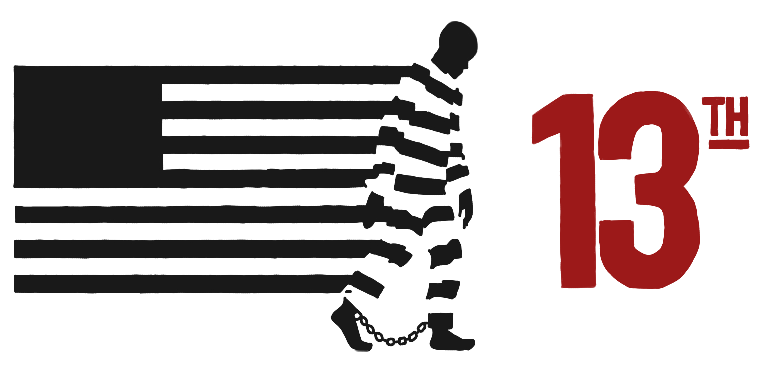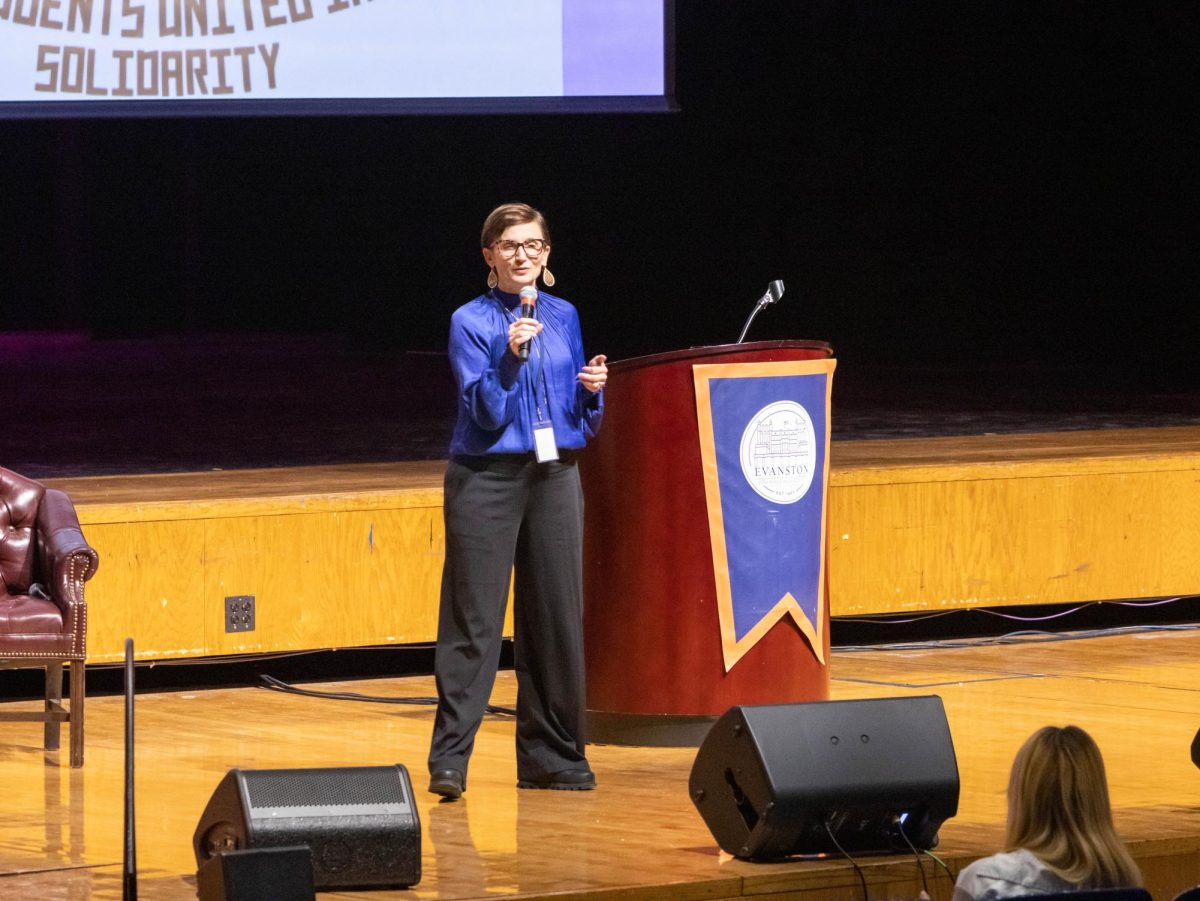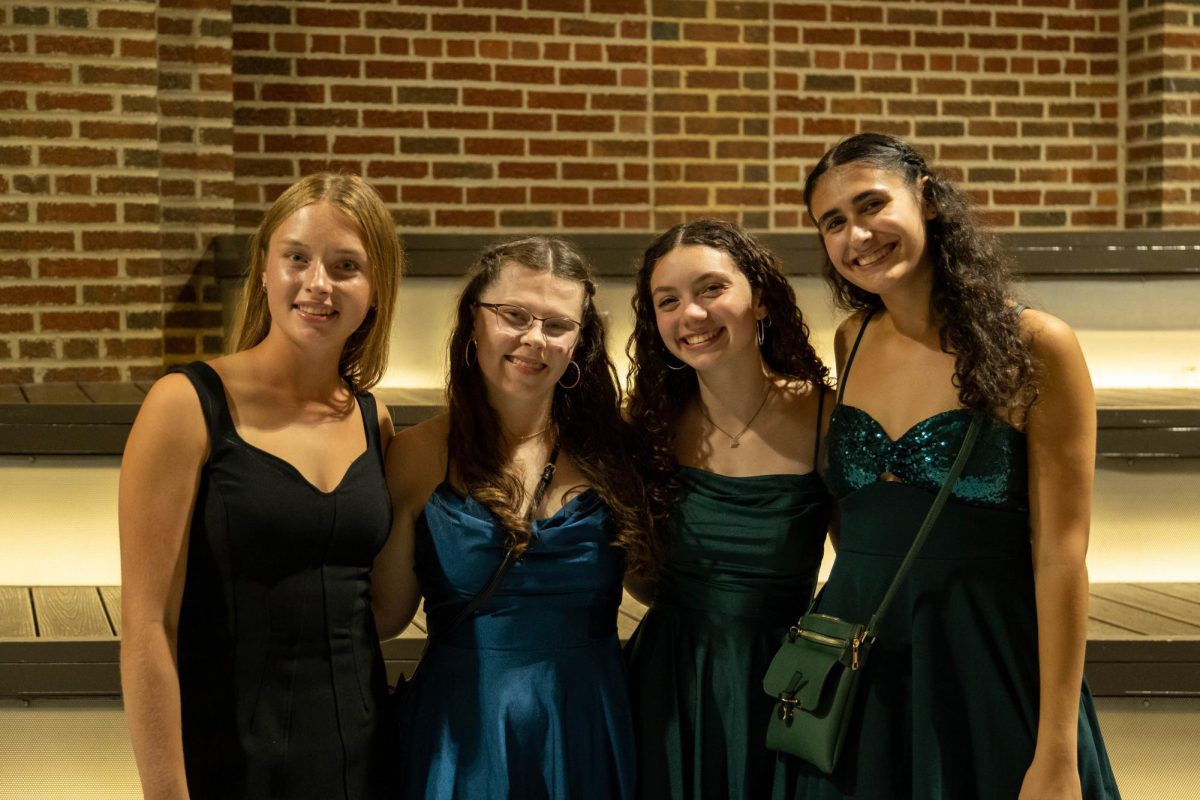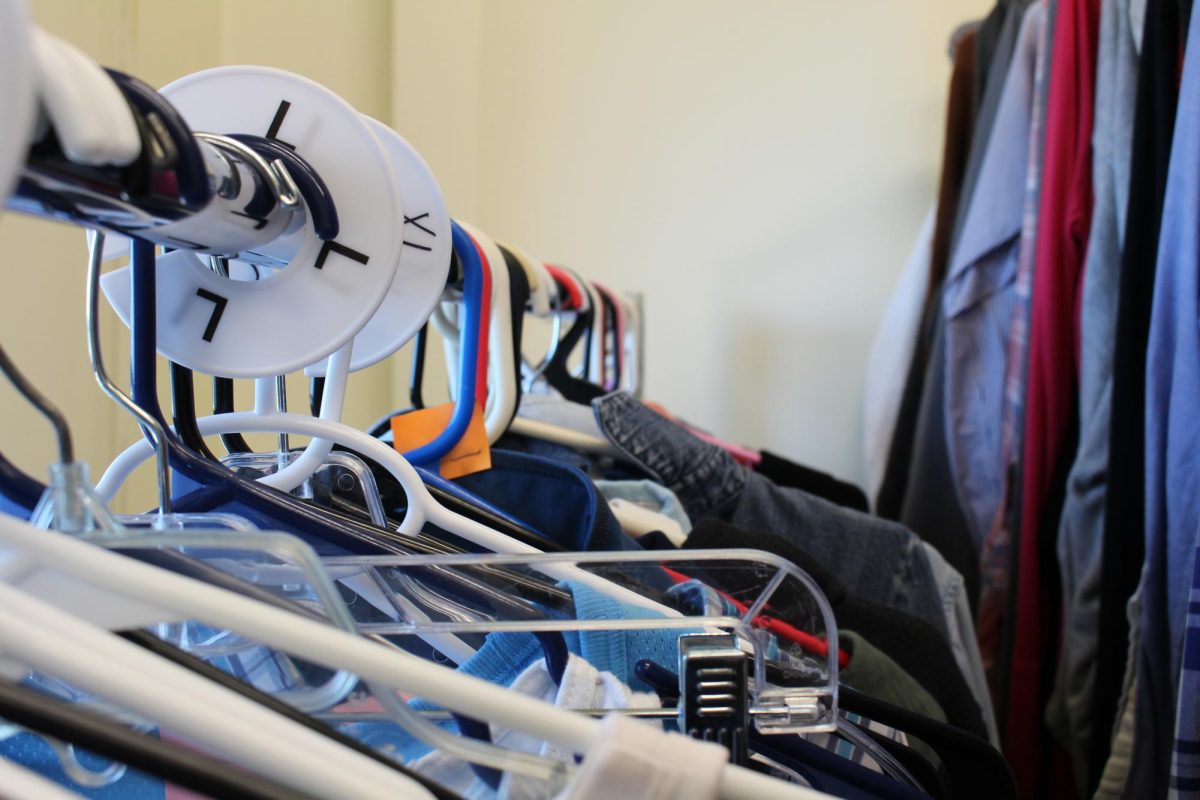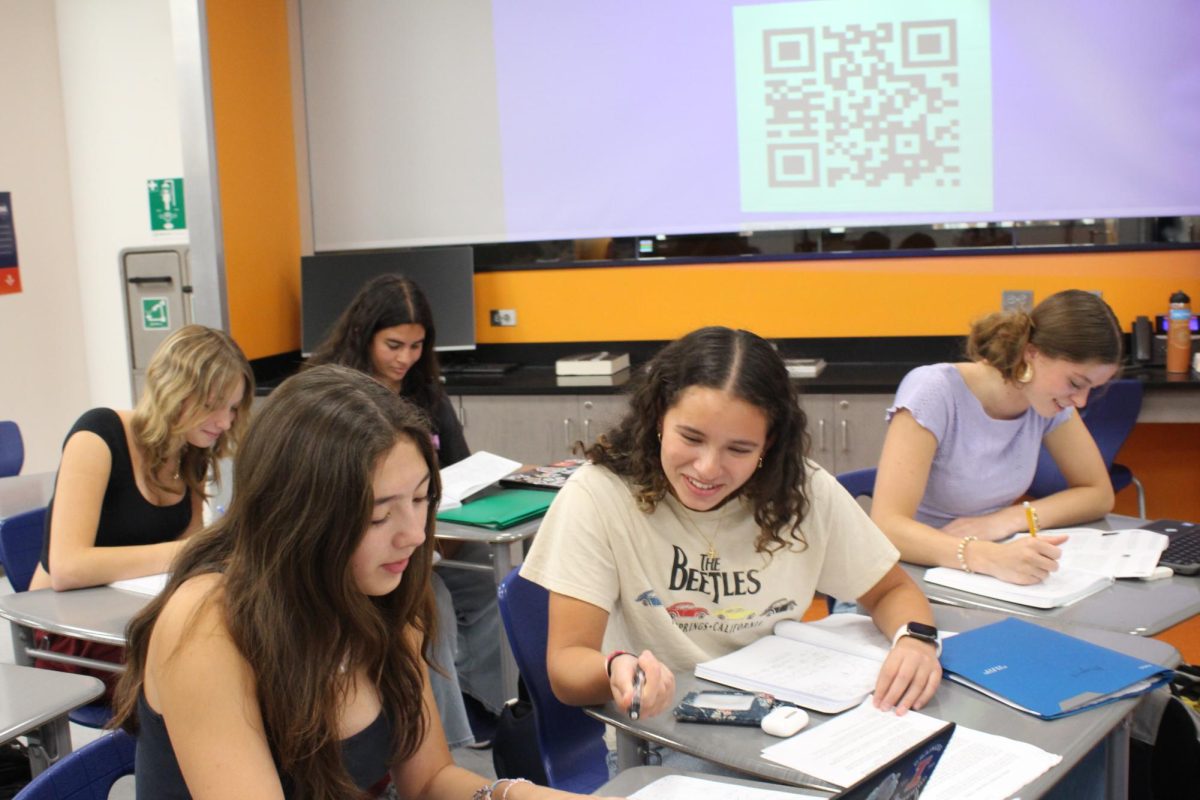The newest evolution of mass incarceration begins in the classroom
December 16, 2022
The United States has the largest prison population in the world, with nearly one out of every 100 people in America behind bars. This is primarily due to unfair laws and practices that were created to put large numbers of Black people in prison. These laws and practices have been implemented in America since the end of the Civil War and have dramatically increased the prison population and damaged Black communities. This practice of locking up an enormous percent of our population, specifically from Black communities, is called mass incarceration and it’s one of the most important issues that America faces. Ava DuVernay’s award-winning documentary, 13th, shines a light on the historical and political background of mass incarceration.
According to 13th, the history of mass incarceration has its roots deep in American history. It began after the 13th amendment was passed in 1865, outlawing slavery in the United States. After slavery was abolished, the southern economy was destroyed and Black people were gaining freedom. White southerners’ wanted to rebuild the southern economy and weaken Black communities, so they exploited a loophole in the 13th Amendment which allowed the slavery as punishment for a crime. They unfairly imprisoned an enormous number of innocent Black people who had recently been freed from slavery in order to re-enslave them and take away their newly gained freedom. Mass incarceration continued in the 20th century, further damaging Black communities. Actions taken by the federal government such as Presidents Nixon and Reagan’s “War on Drugs” was specifically created to lock up even larger numbers of Black people. Laws introduced by the Clinton administration, such as the 1994 Crime Bill and the Three-strikes Law, further exacerbated this problem. Mass incarceration remains an important issue in this country, as shown by America only having 5% of the world’s population, yet 25% of the world’s prison population. And our justice system still targets Black communities, with one out of every three Black boys today expected to go to prison in their lifetime. 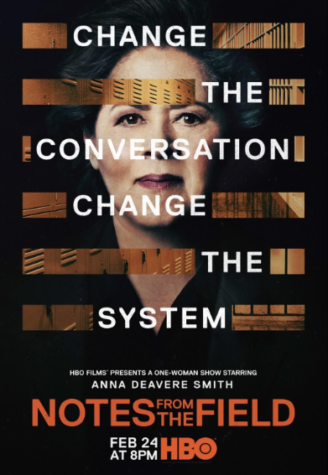
Mass incarceration is also fueled by the school-to-prison pipeline, a pattern seen in many public schools wherein primarily Black students are funneled directly from school into the prison system. Although Black students only make up 16% of students enrolled in public school, 31% of all school-related arrests are of Black students. Detail on this topic is given in Anna Deavere Smith’s movie, Notes From the Field. The movie explains how much of the time this happens due to a failure to provide enough mental health support in schools. Many students in public schools, especially Black students, deal with trauma that can impair them academically, socially and emotionally. Acting out is often a result of this trauma, but instead of helping students deal with their trauma, schools usually punish these students through suspension, expulsion, or by sending them to jail.
Another factor of the school-to-prison is school resource officers. Many schools employ school resource officers, which are police officers assigned to a school for a long period of time. In some cases where SROs are called in to discipline students, they can end up criminalizing students for minor issues that should have been handled by the school. This is seen in a real life experience portrayed in Notes From the Field where a student, Niya Kenny, records a video of an SRO using extremely violent force on a girl in her class for committing only a minor infraction. Niya speaks up about this abuse which leads to her being sent to jail along with her classmate. This happens in many schools across the country where students are heavily punished for minor reasons. Instances like this only worsen the problem of the school-to-prison pipeline and further fuel mass incarceration.
200 years ago, America created a system designed to put Black people in prison. Over time the system evolved, and it continues to evolve today. A new component of this system is the school-to-prison pipeline. From the time they begin school, many Black children are put on a path that takes them directly to prison. Instead of providing support for children acting out due to trauma, these children are punished and sent to jail. “When I think of systems of oppression historically and in this country, they’re durable. They tend to reinvent themselves, and they do it right under your nose,” says founder of social justice website GEMtrainers.com, Glenn E. Martin, in 13th.


